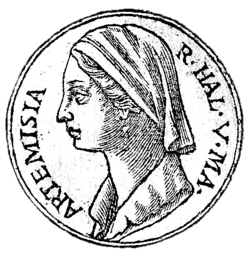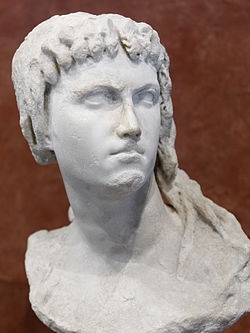
| Part of a series on |
| Women in society |
|---|
 |
The role of women in ancient warfare differed from culture to culture. There have been various historical accounts of females participating in battle.
Contents
- Timeline of women in ancient warfare worldwide
- 16th century BC
- 15th century BC
- 13th century BC
- 12th century BC
- 11th century BC
- 10th century BC
- 9th century BC
- 8th century BCE
- 7th century BCE
- 6th century BCE
- 5th century BCE
- 4th century BCE
- 3rd century BCE
- 2nd century BCE
- 1st century BCE
- 1st century CE
- 2nd century CE
- 3rd century CE
- 4th century CE
- 5th century
- See also
- References
- Sources
- Further reading
This article lists instances of women recorded as participating in ancient warfare, from the beginning of written records to approximately 500 CE. Contemporary archaeological research regularly provides better insight into the accuracy of ancient historical accounts.
Women active in direct warfare, such as warriors and spies, are included in this list. Also included are women who commanded armies, but did not fight.
























